 Based on insights from mussels - which are able to attach themselves very tightly to even metallic surfaces due to special proteins found in their byssal threads - scientists have successfully attached a biologically active molecule to a titanium surface, paving the way for implants that can be more biologically beneficial.
Based on insights from mussels - which are able to attach themselves very tightly to even metallic surfaces due to special proteins found in their byssal threads - scientists have successfully attached a biologically active molecule to a titanium surface, paving the way for implants that can be more biologically beneficial.
Jul 9th, 2016
Read more
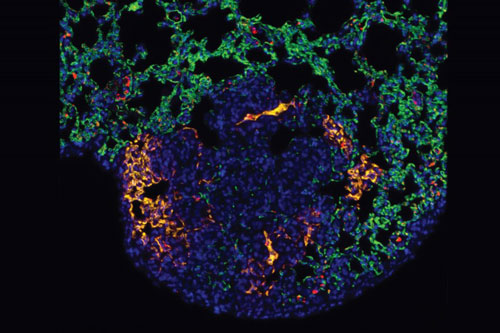 Researchers who are developing new types of nanotechnology to deliver cancer drugs have found a promising target - a protein called P-selectin that can aid in the formation of metastases. The researchers synthesized nanoparticles filled with cancer drugs to target them directly to metastatic sites.
Researchers who are developing new types of nanotechnology to deliver cancer drugs have found a promising target - a protein called P-selectin that can aid in the formation of metastases. The researchers synthesized nanoparticles filled with cancer drugs to target them directly to metastatic sites.
Jul 9th, 2016
Read more
 A team of scientists has shown how the natural movement of bacteria could be harnessed to assemble and power microscopic 'windfarms' -or other man-made micromachines such as smartphone components.
A team of scientists has shown how the natural movement of bacteria could be harnessed to assemble and power microscopic 'windfarms' -or other man-made micromachines such as smartphone components.
Jul 9th, 2016
Read more
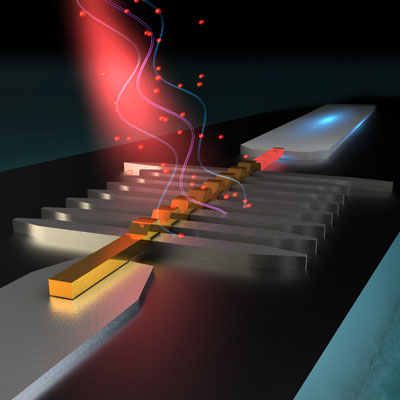 Scientists have broken the world record by fourteen fold in the energy resolution of thermal photodetection.
Scientists have broken the world record by fourteen fold in the energy resolution of thermal photodetection.
Jul 8th, 2016
Read more
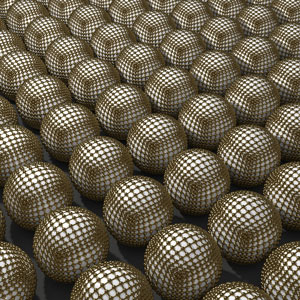 A team of researchers has figured out how gold can be used in crystals grown by light to create nanoparticles, a discovery that has major implications for industry and cancer treatment and could improve the function of pharmaceuticals, medical equipment and solar panels.
A team of researchers has figured out how gold can be used in crystals grown by light to create nanoparticles, a discovery that has major implications for industry and cancer treatment and could improve the function of pharmaceuticals, medical equipment and solar panels.
Jul 8th, 2016
Read more
 Researchers have produced a tunable, graphene-based device that could significantly increase the speed and efficiency of wireless communication systems. Their system works at very high frequencies, delivering unprecedented results.
Researchers have produced a tunable, graphene-based device that could significantly increase the speed and efficiency of wireless communication systems. Their system works at very high frequencies, delivering unprecedented results.
Jul 8th, 2016
Read more
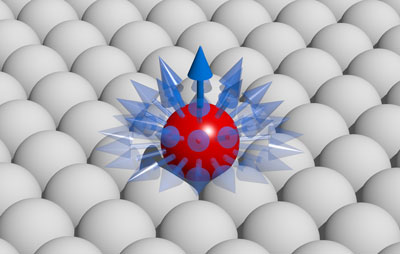 Scientists explore novel ways of developing stable nanomagnets.
Scientists explore novel ways of developing stable nanomagnets.
Jul 8th, 2016
Read more
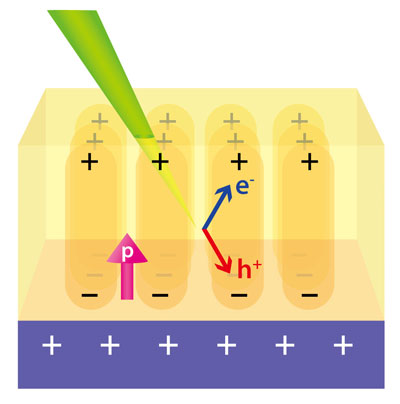 Spontaneous redistribution of charge at nanometer-thin interfaces unlocks a fundamentally different technique for harvesting solar energy.
Spontaneous redistribution of charge at nanometer-thin interfaces unlocks a fundamentally different technique for harvesting solar energy.
Jul 8th, 2016
Read more
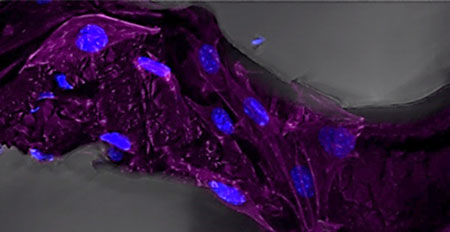 Researchers hope that the unique properties of graphene and graphene foam can be used to regenerate 3-dimensional tissues and organs for implantation into the human body.
Researchers hope that the unique properties of graphene and graphene foam can be used to regenerate 3-dimensional tissues and organs for implantation into the human body.
Jul 8th, 2016
Read more
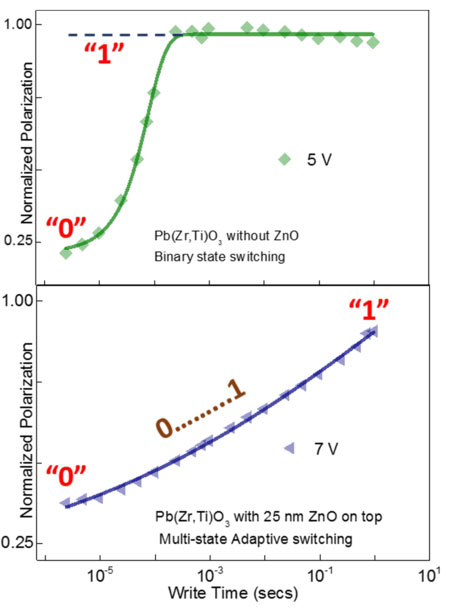 Scientists have developed a ferro-electric material with a memory function resembling synapses and neurons in the brain, resulting in a multistate memory.
Scientists have developed a ferro-electric material with a memory function resembling synapses and neurons in the brain, resulting in a multistate memory.
Jul 7th, 2016
Read more
 Past research has shown heterogeneous silicon-germanium nanowires to be better transistors than their pure silicon counterparts. Researchers havefigured out the most likely reason why.
Past research has shown heterogeneous silicon-germanium nanowires to be better transistors than their pure silicon counterparts. Researchers havefigured out the most likely reason why.
Jul 7th, 2016
Read more
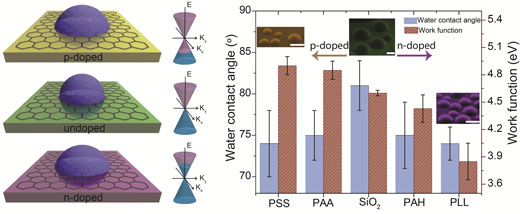 Researchers have demonstrated doping-induced tunable wetting and adhesion of graphene, revealing new and unique opportunities for advanced coating materials and transducers.
Researchers have demonstrated doping-induced tunable wetting and adhesion of graphene, revealing new and unique opportunities for advanced coating materials and transducers.
Jul 7th, 2016
Read more
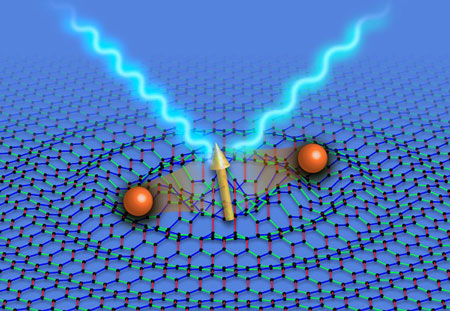 Corroborative evidence of electron-spin fractionalization up to room temperature.
Corroborative evidence of electron-spin fractionalization up to room temperature.
Jul 7th, 2016
Read more
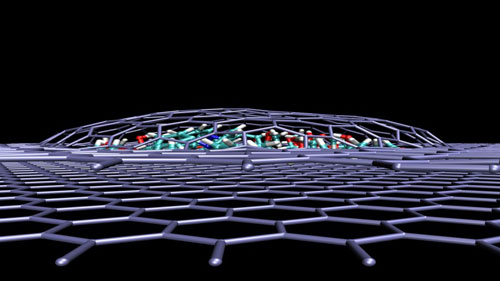 A graphene hydraulic 'nano-press' has proved to be capable of creating new two-dimensional materials by exerting huge pressure on compounds sealed between layers of graphene.
A graphene hydraulic 'nano-press' has proved to be capable of creating new two-dimensional materials by exerting huge pressure on compounds sealed between layers of graphene.
Jul 7th, 2016
Read more
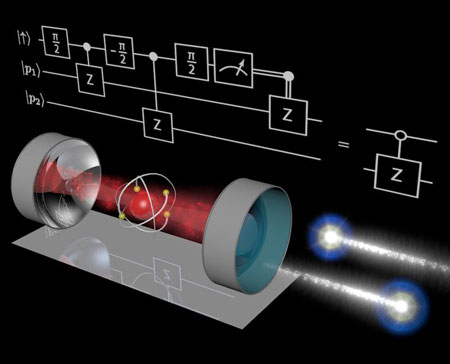 Scientists have realised a photon-photon logic gate via a deterministic interaction with a strongly coupled atom-resonator system.
Scientists have realised a photon-photon logic gate via a deterministic interaction with a strongly coupled atom-resonator system.
Jul 7th, 2016
Read more
 Researchers use a periodic cavity structure to channel light more intensely; applications seen in sensing, spectroscopy, remote sensing of explosives and more.
Researchers use a periodic cavity structure to channel light more intensely; applications seen in sensing, spectroscopy, remote sensing of explosives and more.
Jul 7th, 2016
Read more
 Based on insights from mussels - which are able to attach themselves very tightly to even metallic surfaces due to special proteins found in their byssal threads - scientists have successfully attached a biologically active molecule to a titanium surface, paving the way for implants that can be more biologically beneficial.
Based on insights from mussels - which are able to attach themselves very tightly to even metallic surfaces due to special proteins found in their byssal threads - scientists have successfully attached a biologically active molecule to a titanium surface, paving the way for implants that can be more biologically beneficial.















 Subscribe to our Nanotechnology News feed
Subscribe to our Nanotechnology News feed